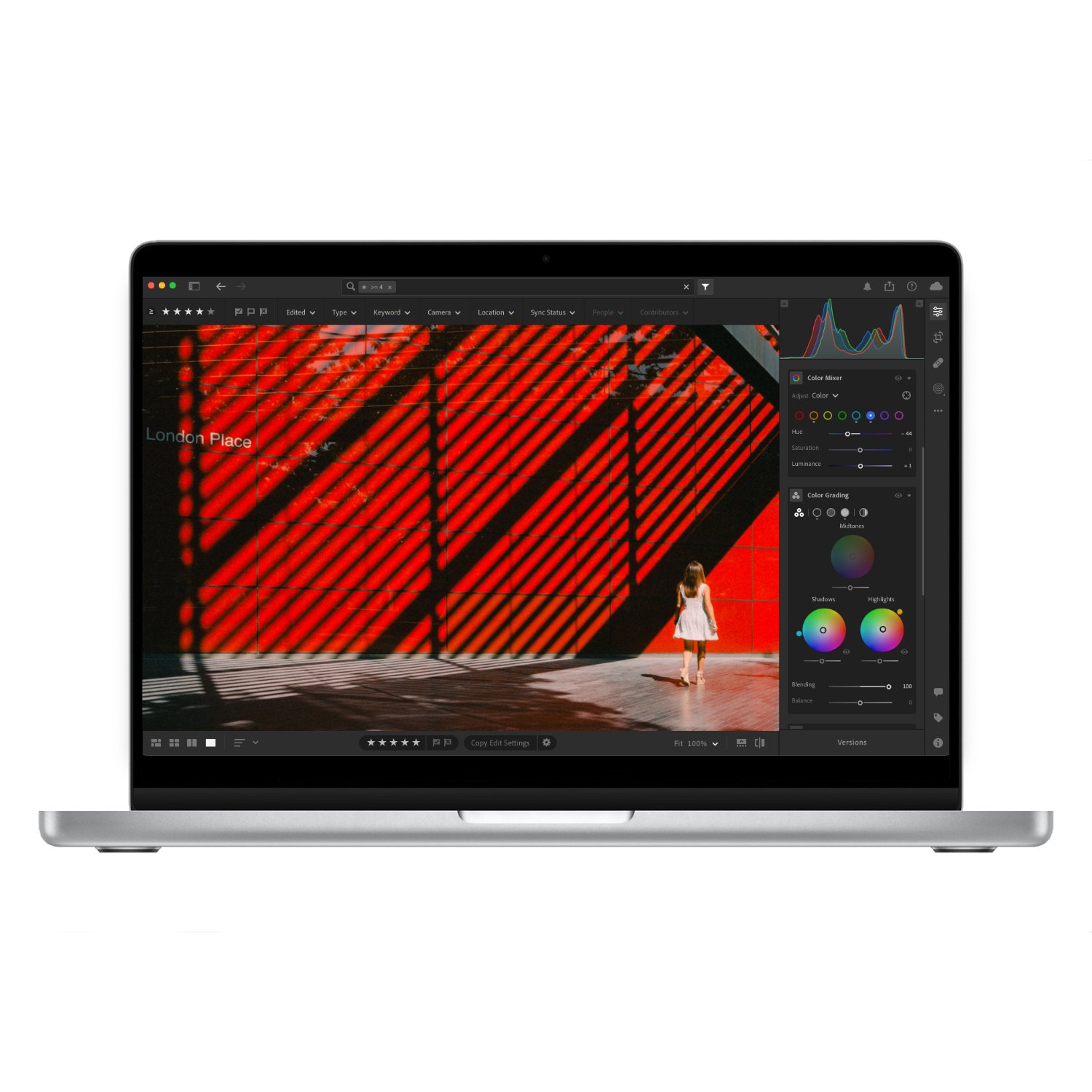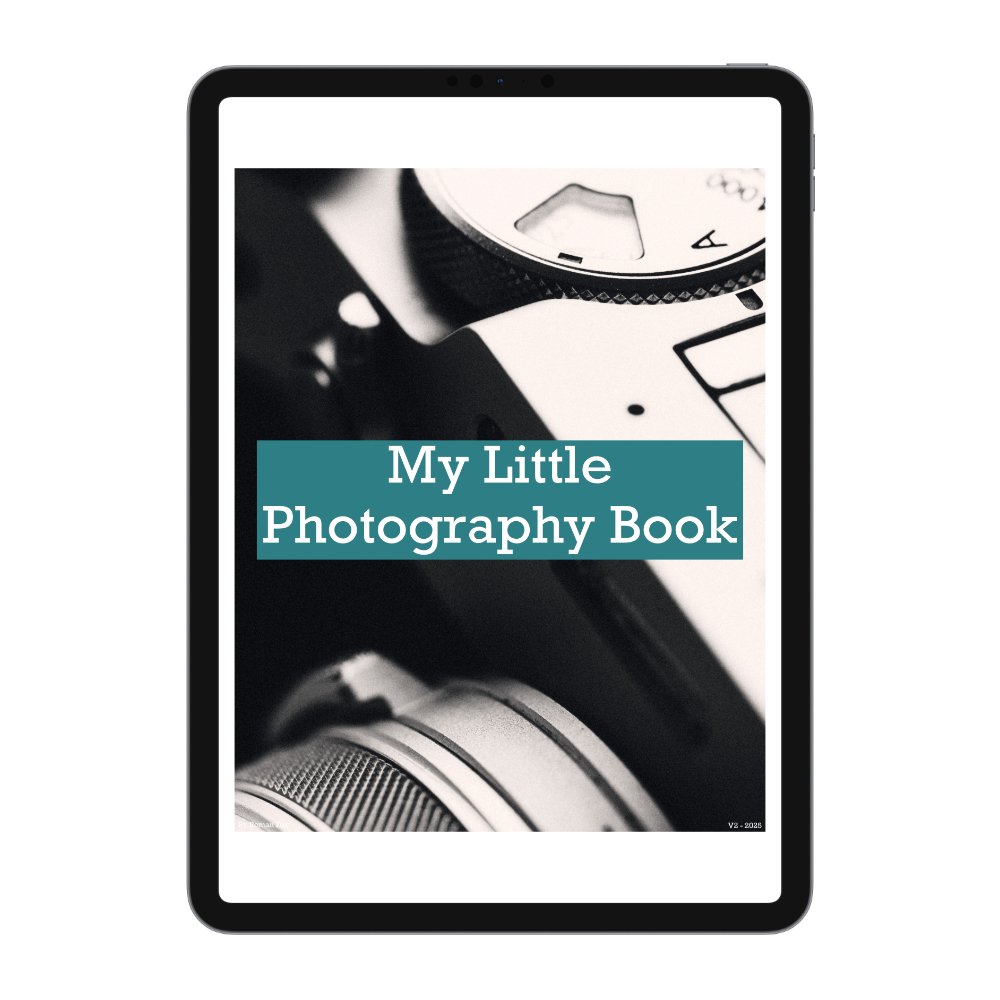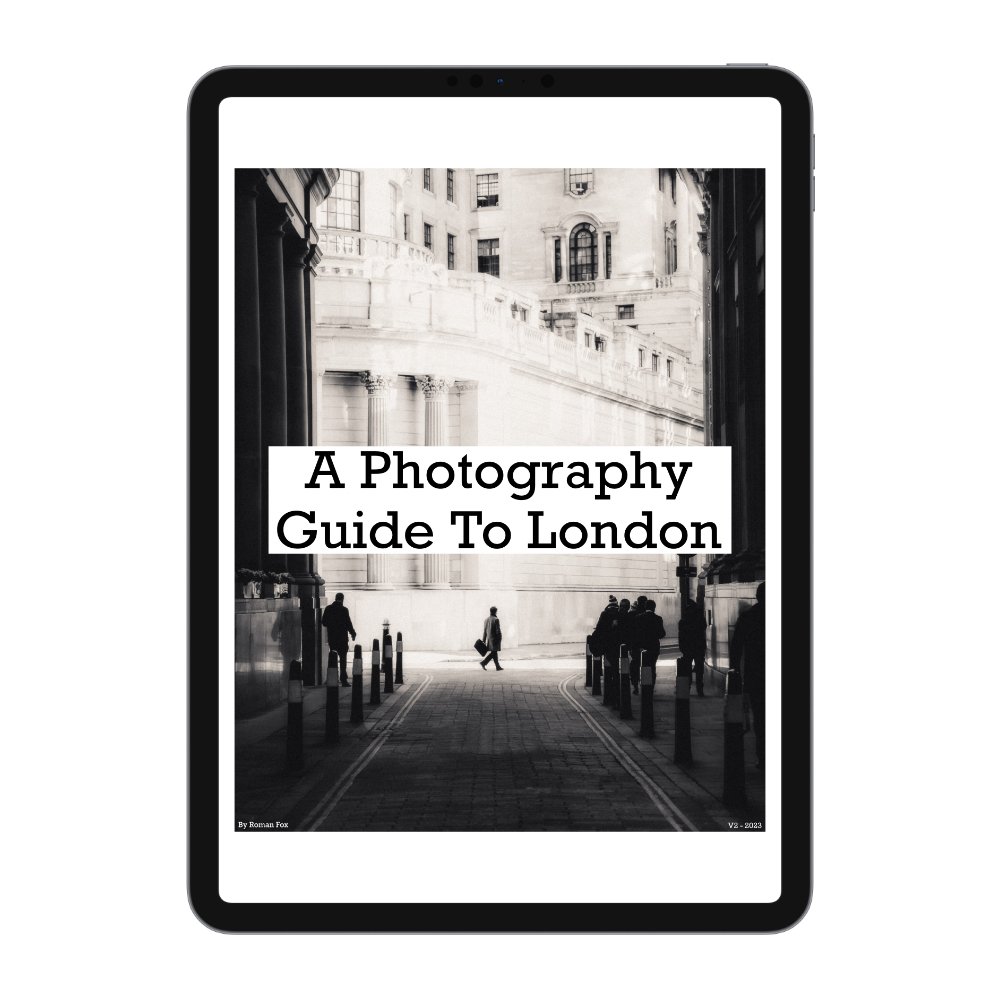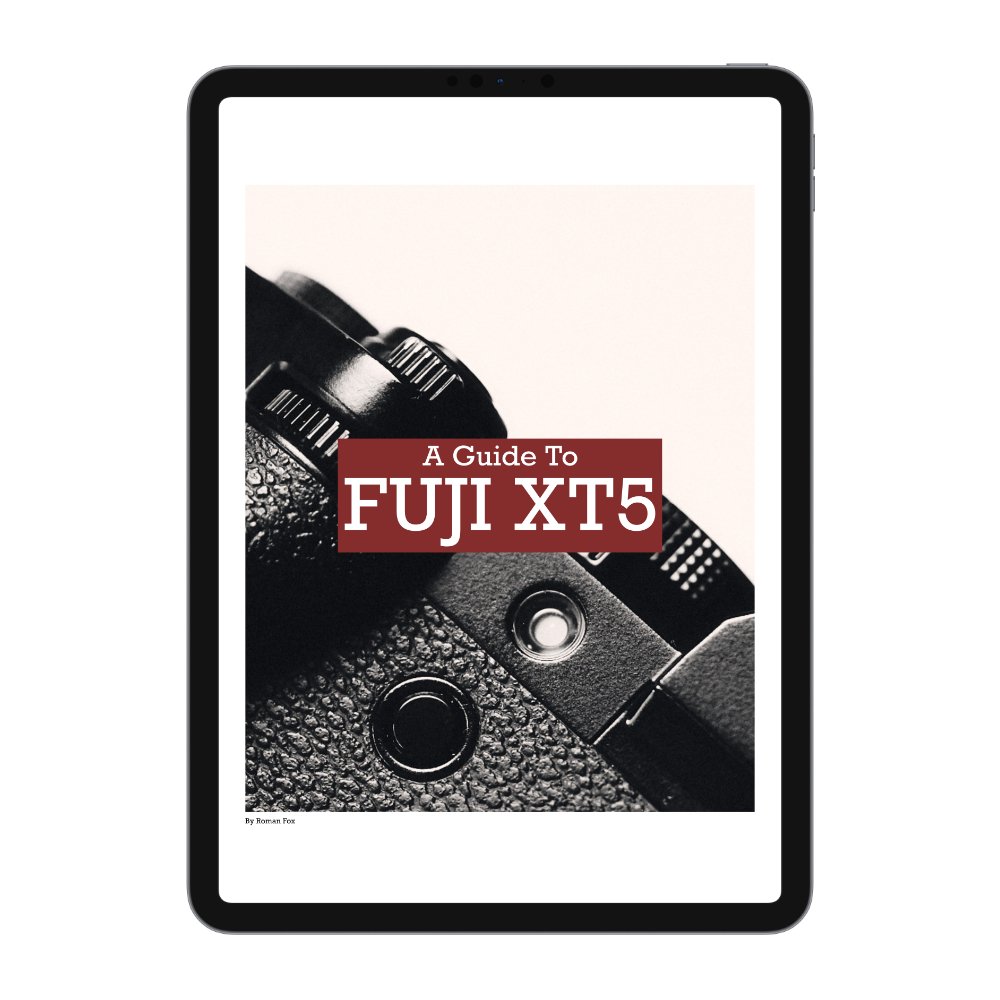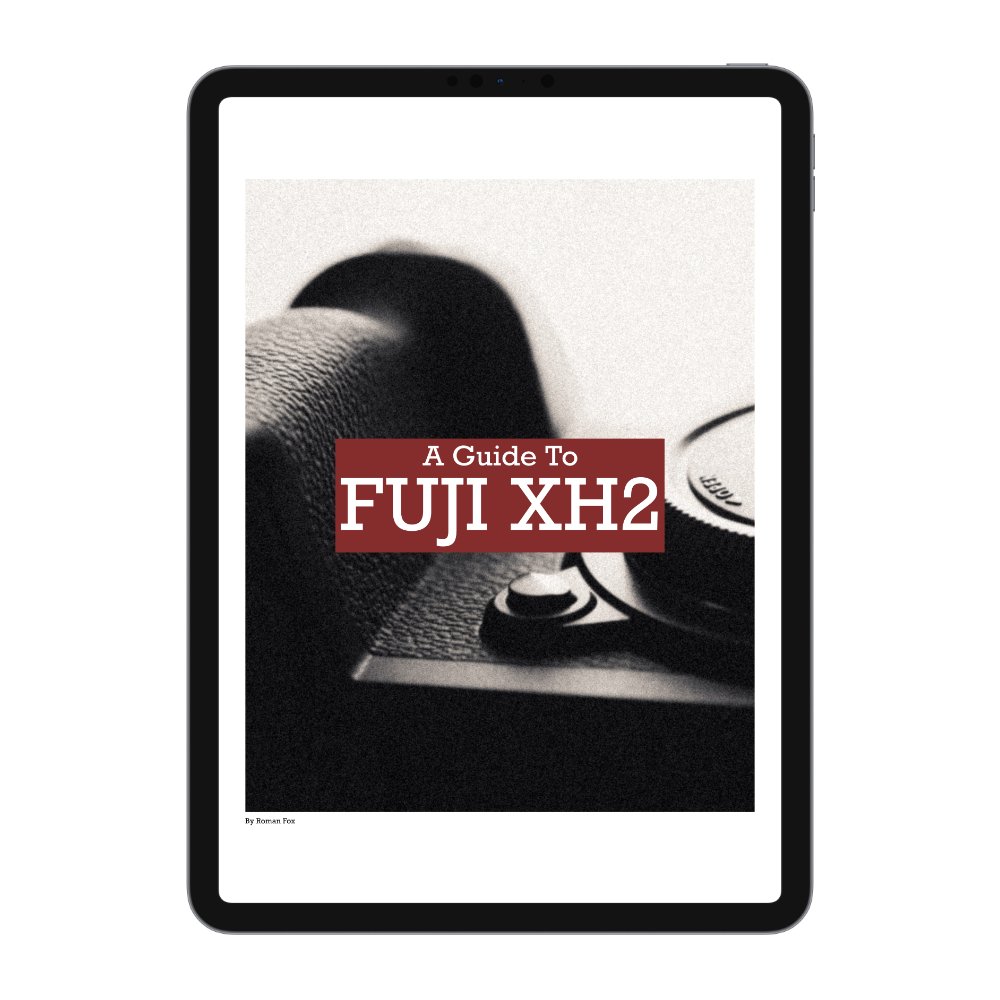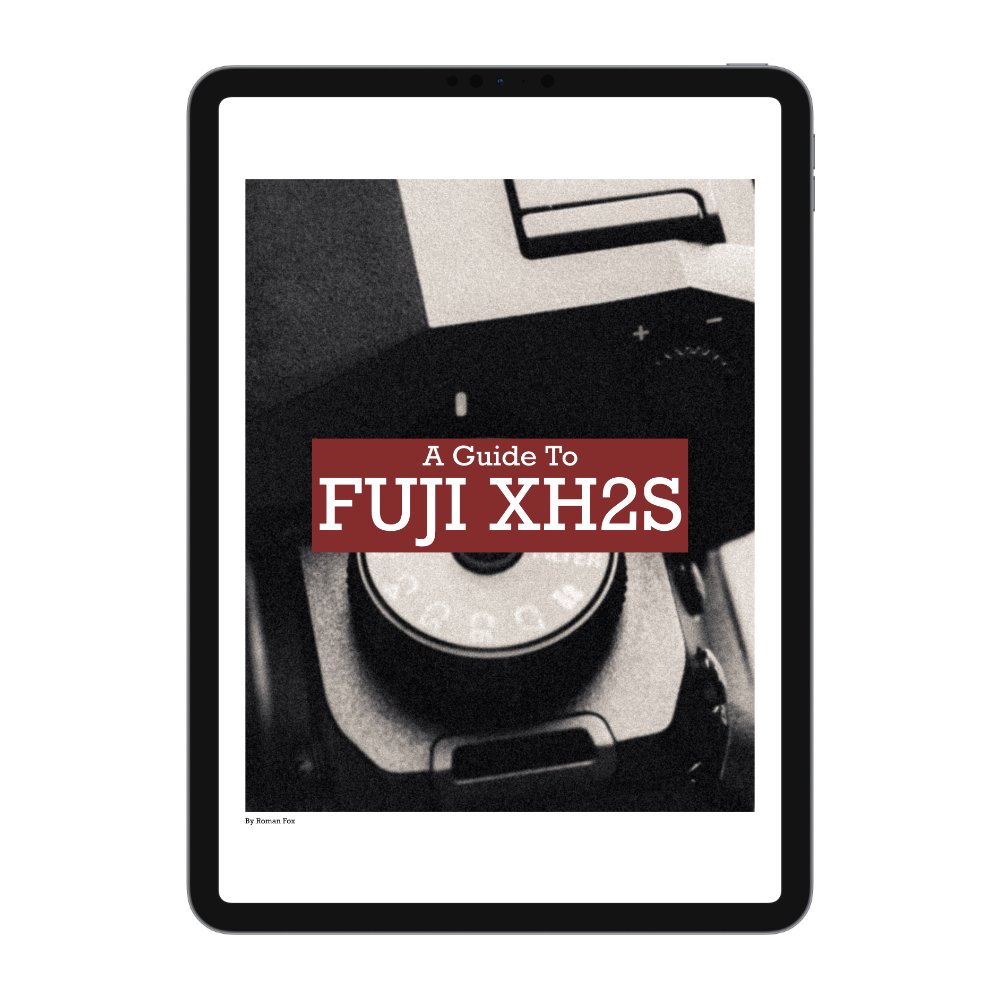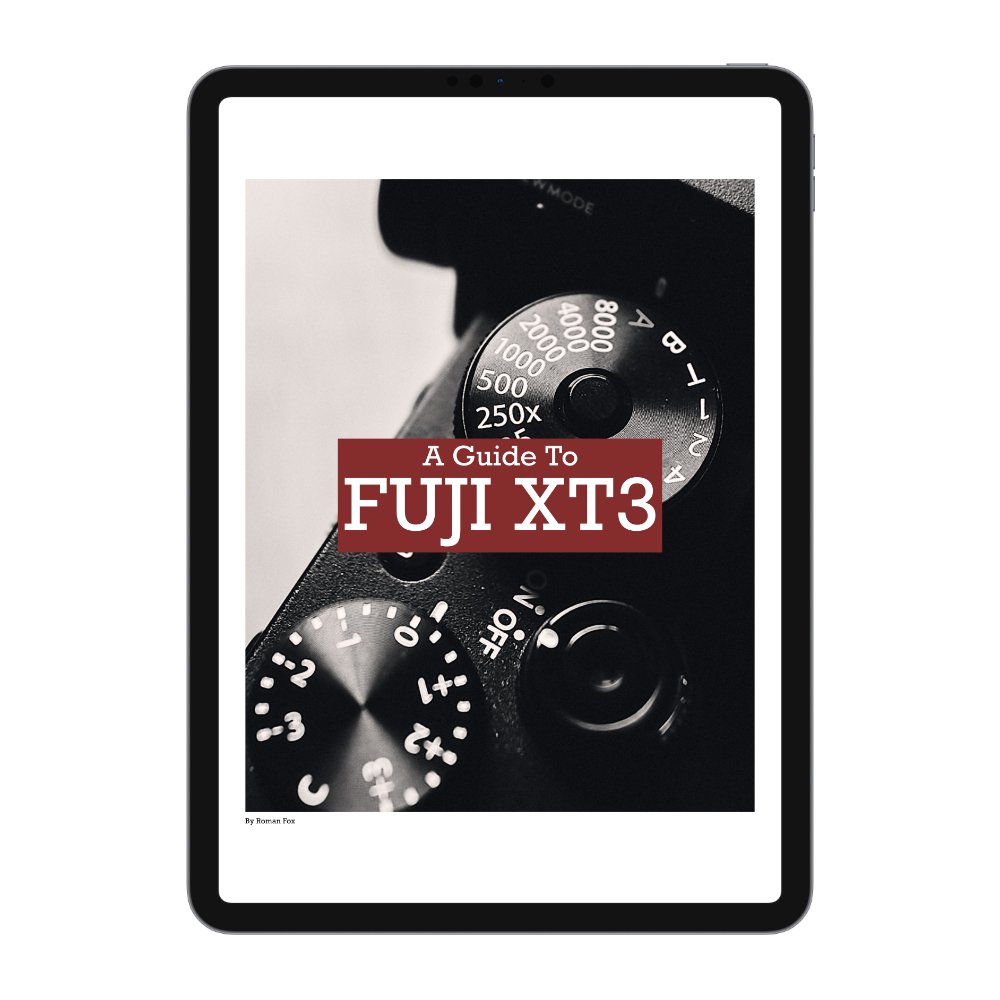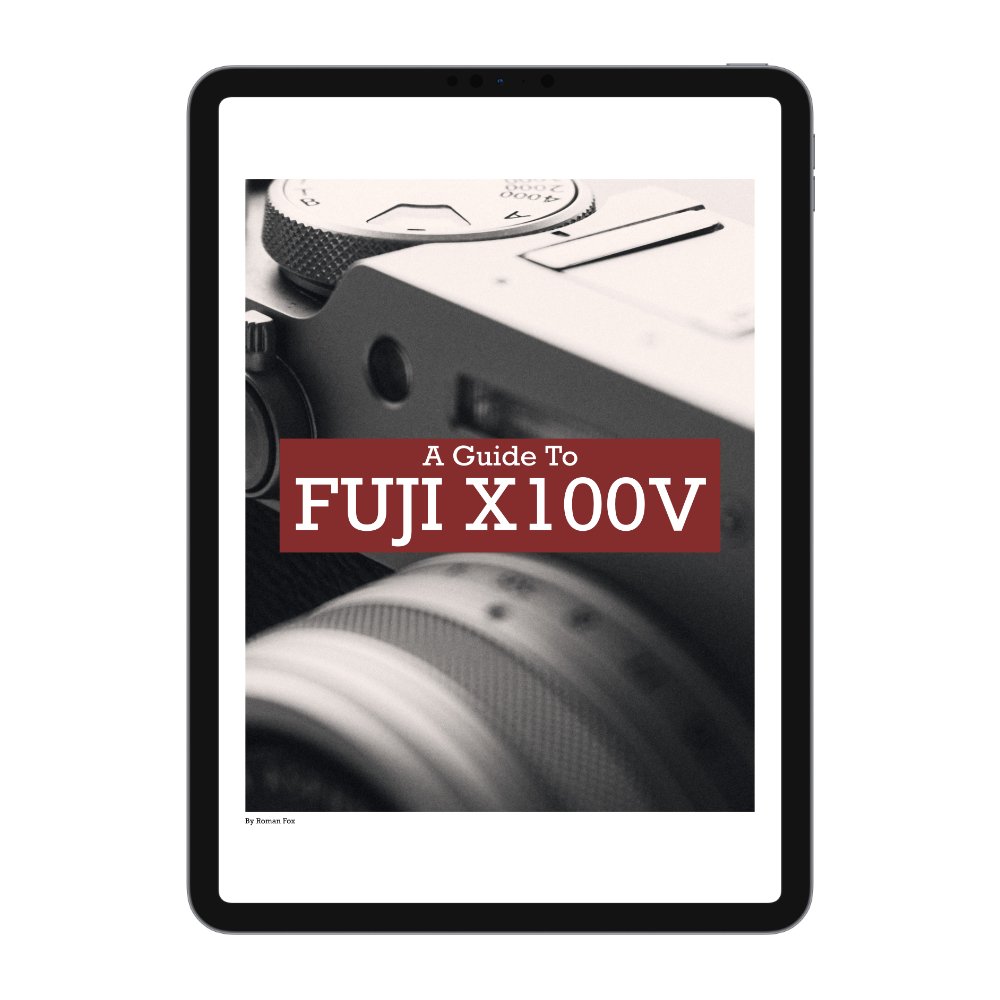Leica Q3 43 vs Fujifilm X100VI
If you’re in the market for a small everyday carry camera, you want something stylish, fun to use, and have great image quality. There are two main brands and models that come to mind. In this blog, I will be comparing the Fujifilm X100VI with the Leica Q3 43, with the aim of helping you decide which one might be a better purchase. Since the Q3 43 and regular Q3 are pretty much the same, this blog can also apply to the 28mm Q3.
This blog is based on my own experience with these two cameras over many months. Both cameras have been purchased by me, and there is no vested interest from any brand. All opinions are completely my own, and I have no working relationship with either company.
Why Even Consider Them?
The first question is why would you even consider such a camera? For the money these cost, you can buy a flagship mirrorless and have change left over for a lens. In the case of the Leica, you will most likely have change left over for a trip too. The reason people buy these types of cameras is to carry them with them everywhere in a small and stylish package. These cameras aren’t necessarily aimed at hardcore photographers (even though they both have a crazy loyal following). They are aimed at the average person who enjoys photography and wants something premium to get better photos. Of course, there is a dedicated street and travel audience too. The main reason to consider this type of camera is to have a powerful yet small package that can be taken anywhere and get great results.
Price
There’s no getting around the fact that the Leica is over 3 times the price. I put this fact here first because how you process the rest of the blog will have a bias. While one can try to look at them objectively without cost bias, in this case, it’s simply impossible to ignore. In the UK, the Fuji is around £1600, and the Leica around £5900. The same crazy pricing structure applies to accessories such as batteries. For most people, this alone is a deciding factor.
Build Quality
Leica wins this hands down. There is no contest here, and from the first moment you use these cameras, Leica is well ahead. The whole fit and finish is the best I’ve come across; the controls have a solid, reassuring feedback, and the entire camera feels like it’s been designed to be the best quality item possible. The Fuji still feels good, but it’s nowhere near as premium. Also, Fuji has been on a bit of a negative trajectory regarding build quality, with the X100VI feeling a little cheaper than the X100V it replaced. While not bad or cheap by any means, it’s certainly a noticeable downgrade from the Leica.
Reliability
Both cameras haven’t given me any real headaches so far. The Fuji did have the paint peel a little in the sun, but this was promptly fixed by Fuji. The Leica can freeze now and again; however, this is so rare that I can count on one hand. Both brands have physical store locations around the world, which is great for dealing with issues or requesting help. While I haven’t experienced Leica’s customer service, I can say that Fujifilm’s repair team is incredible.
Weather Sealing
This is a clear win for Leica that is not only weather-resistant but is actually IP52 rated, meaning it was physically tested and certified to withstand a certain amount of water / dirt. The X100VI isn’t weather-resistant unless you buy an optional lens cover that doubles the size of the lens. The body is weather-resistant, although there isn’t an official rating.
Size & Weight
The Fuji wins this one by a mile because even though the bodies are identical, the Q3 lens protrudes way more, making it bulkier and not pocketable. The X100VI can at least be pocketable if wearing a coat with larger pockets. As for weight, both feel similar in the hand and are very light.
Ergonomics
This is subjective because people have different hands and their own way of shooting. In my opinion, both cameras are very similar. These aren’t cameras you’d use one-handed with a wrist strap. Instead, they are better suited to be used with a neck or body strap. I personally prefer the button layout on the Leica; however, I find the joystick on the X100VI more intuitive than using the touch screen on the Q3. If I had to pick one, it would be the Leica. It has to be noted that the X100VI offers a fully manual shooting experience. You can adjust the exposure comp, ISO, shutter speed, and aperture using the dedicated dials even when the camera is off. This is something that can’t be done on the Q3.
Customisation
This is a hard one because both cameras have pros and cons. The X100VI has more customisable buttons and a dedicated ISO dial, giving you more options. The Q3, on the other hand, has a superior system for assigning custom buttons, and it differs between photo and video mode. If I had to pick one, it would be the Leica.
Viewfinder & Screen
The X100VI has an optical viewfinder; however, it’s more of an aesthetic than a practical addition since it’s not a true rangefinder. That aside, the viewfinder on the Q3 43 is far superior. It’s bigger, clearer, and more detailed. The screens seem fairly similar.
Focal Length
This is also extremely subjective; however, I would say that the 35mm focal length on the X100VI is more suitable for documenting days out with people, while the 43mm lens on the Q3 is better suited for travel and street photography. Of course, you can always get a regular Q3 with the 28mm and slightly crop it into 35mm without losing much detail due to the resolution.
Image Quality
Both cameras have outstanding image quality. Both are sharp, clean, and have incredible colours. If I had to pick one though, it would be the Leica. Not only is it a full-frame sensor, but the lens is one of the sharpest I’ve ever come across. This will help when you want to use those 60MP and crop in. While the X100VI is still plenty sharp, it’s not really comparable. Even though both lenses are f/2, the Q3 will deliver shallower depth of field due to it being full-frame. The Q3 is also higher resolution, has better dynamic range, and superior low-light performance; however, that difference isn’t as vast as many people think, and I wouldn’t make that the sole deciding factor. As for colours, both have outstanding colour science, and it’s a matter of preference. With that said, I found Fuji RAW files easier to edit with regard to getting a nice look. I found the Leica DNG files requiring more editing and fine-tuning to look good. If you want the best objective image quality, Leica is the winner. If you want the best colours and easiest files to edit, Fuji is ahead.
JPEGs
The Fuji is the king of JPEGs, and while the Leica is catching up, it’s very far behind. The X100VI has the most film simulations, more ways to fine-tune the file, and a huge ecosystem of recipes to experiment with. The Leica has some baked-in looks you can download and a few minor adjustments you can make to the default profiles. In comparison, it’s noticeably more limited compared to the X100VI.
Autofocus
Both cameras don’t have the best AF; however, I’d say the Leica pulls ahead on this one. After countless experimentations, I found the Q3 to be quicker acquiring focus. The reliability seemed to be identical; however, the X100VI is noticeably loud when focusing. The Q3 43 is silent. Both come with various modes and features, and while some do work well, on average, neither of these cameras will be purchased for their autofocus abilities. If I had to pick one winner, it would be the Leica.
Manual Focus
Leica wins with ease. It has proper markings, a focus tab and the most seamless manual focus experience on an AF lens. No comparisons.
Video Capability
This is an easy win for Fuji, with one small caveat. The Q3 has a much better implementation of a hybrid workflow in comparison to Fuji. In the Q3, you simply press one button and you’re in video mode in a second. On the X100VI, you need to go through a laborious menu to activate movie mode. Other than that, the Fuji is a better video camera all round. The Fuji has an ND filter and IBIS, which for video are critical. The Q3 does have lens stabilisation, but it’s nowhere near as stable as the Fuji. The built-in ND filter is a godsend if you want to keep the shutter speed low. When it comes to video quality, I much prefer the file from the Fuji and find it cleaner and easier to work with.
Battery Life
Leica wins this one by a mile. The The X100VI battery life is abysmal in comparison.
Stabilisation
The Fuji wins this one with ease. The X100VI has IBIS, which is far superior to the lens stabilisation in the Q3.
Extra Features
The X100VI comes with a built-in flash, which is perfect for documenting people. The Q3 doesn’t have one. In my experience, Fuji has a better AWB (auto white balance), which is more accurate, stable, and reliable. The X100VI also comes with a built-in ND filter, which helps immensely when shooting video or wide open on sunny days. The Q3 has a fantastic macro mode, which makes the camera more useful, and a UHS2 card slot for faster data transfer.
Long Summary
This is a difficult summary to make because in reality I have two summaries for two different groups of people. If you have plenty of disposable income and spending nearly £6,000 on a camera doesn’t make you flinch, then you would be over the moon with the Q3 43. In almost all ways it is a far superior camera and one that you will love using for years to come. On the other hand, if you’re like most of us to whom £6,000 is a car and not a camera, then I would find it impossible to recommend the Q3. The X100VI is all the camera you’d ever need, plus you will still have £4,300 left over to spend on a bunch of trips to take amazing photos. While the X100VI isn’t exactly a bargain camera, it’s priced reasonably well for what you get. On the other hand, the Q3 is a luxury item. Which one would I pick? Finances aside, I’d definitely go with the Q3 as it’s a better camera overall. However, it’s impossible to look over the price difference because the Q3 is not £4,300 better.
Quick Summary
You will only shoot JPEGs - X100VI
You want the best image quality - Q3
You want the smallest package - X100VI
You want to shoot a lot of video - X100VI
You want the most weather-sealed system - Q3
You want the most premium build quality - Q3
You want the most luxury item - Q3
You want a fully manual shooting experience - X100VI



















